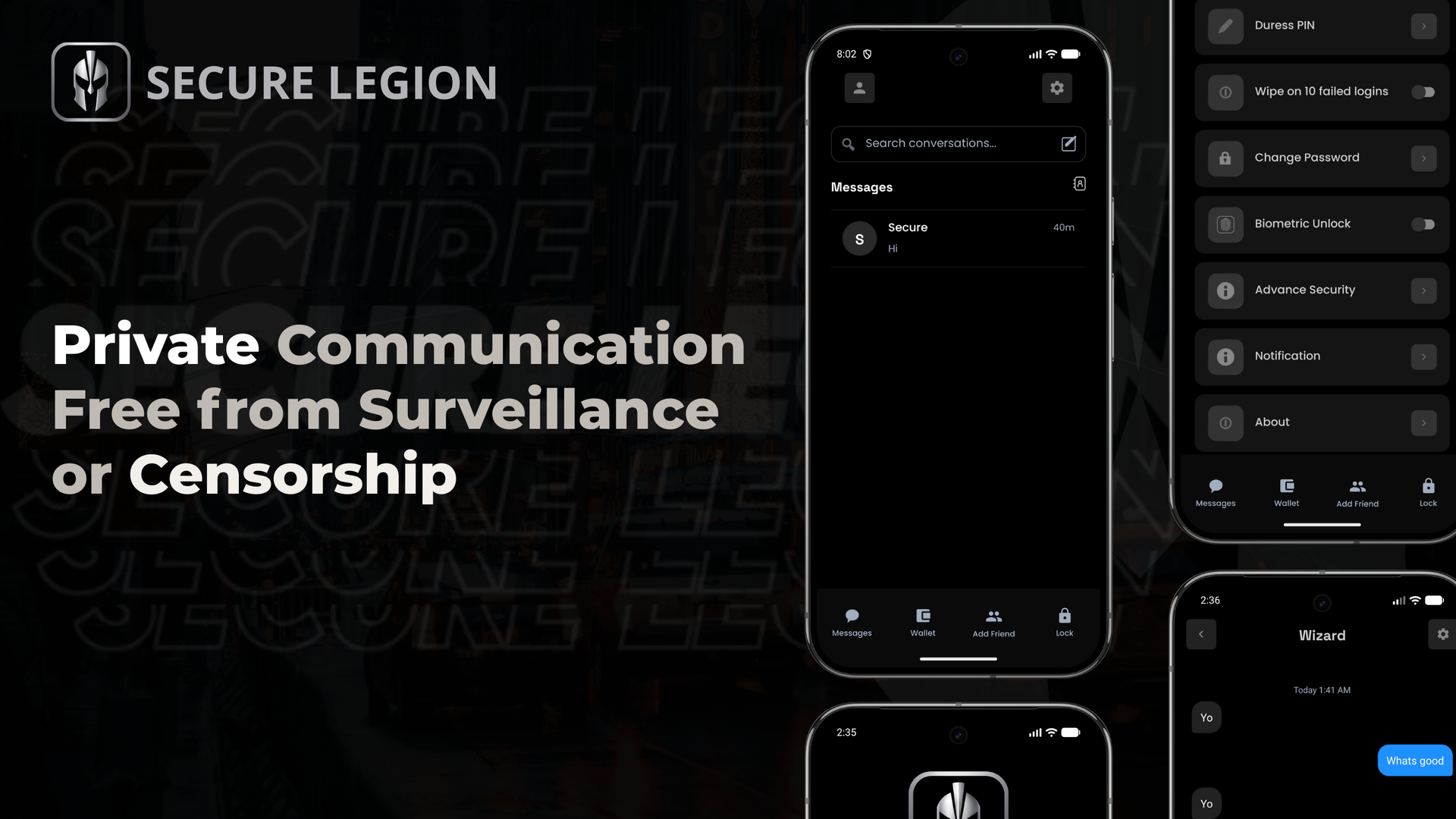Is indu4.0 the New IOTA?
The global economy is experiencing one of its worst periods since the 1930s. Major sectors, such as the manufacturing industry, are in dire need of innovative solutions benefitting all actors involved. In the rapidly-evolving digital era, the answer can come only from trail-blazing projects with a knack for modernization.
indu4.0 is such a project with the ambitious mission of reorganizing the way supply and demand meet at the negotiation table. Some dub it the "new IOTA," a new concept platform bridging traditional industries with distributed ledger technology. We discuss this claim below in a swift analysis of both projects, their similarities, discrepancies, and main features.
indu4.0 - A Blockchain-Based Platform for the Manufacturing Industry
indu4.0 is a digital B2B marketplace for the manufacturing industry. Its goal is to bring together suppliers and purchasers worldwide to a single fast, efficient, and cost-effective venue. Behind this blockchain-based platform is Indu4.0 AG, a Switzerland-based company with a successful history of integrating several complex industrial services with an advanced filter system.
The manufacturing industry has expanded for decades, incorporating millions of people and businesses globally. Blockchain technology represents the next evolutionary step in the collaboration between purchasers and suppliers of various services. indu4.0 plans to be the first to implement a digital marketplace for this trillion-dollar industry.
Its solution allows suppliers to use a complex structure for sharing their service catalogs with purchasers. This system employs an advanced filter system that seamlessly responds to data input and output. As a result, they only obtain inquiries matching specific offers.
Purchasers can use indu4.0 to better identify the best deals from a sea of suppliers’ offers. The filter system enables them to find services quickly and easily. Furthermore, they can make advanced inquiries to discover the most cost-effective offers for their business. This core feature of a sophisticated filter system differentiates indu4.0 from market competitors, regarding only the tool’s functionalities.
indu4.0 allows businesses to use its platform without logging onto it. Also, it supplies its users with automatic news notifications and the option to simultaneously send offer requests to several suppliers. Creating an account is free for suppliers. However, for an affordable subscription, they can enter more than two competencies and see all the offer requests from purchasers.
Fueling the indu4.0 platform is INDU, a payment token necessary for transactions, advertising services, and access to exclusive industry reports. The system also incentivizes users to pay fees with INDU tokens to benefit from lower fees. This benefit is part of the platform’s wider loyalty program.
Alternatively, token holders can use INDU to participate in trade shows and Metaverse events. Lastly, long-term users are eligible to receive INDU tokens for their activity on the platform.
IOTA - An Alternative to Blockchain-Based Networks
IOTA is a cryptographic protocol operating on a unique form of Distributed Ledger Technology (DLT). It differs from most crypto projects because it doesn’t run on a blockchain. Instead, it uses another form of distributed database technology that records and executes transactions between entities in the Internet of Things (IoT) ecosystem.
This platform uses mIOTA, a cryptocurrency fueling all the transactions in its network. Unlike most blockchain-based projects, IOTA uses a directed acyclic graph to store transactions on its ledger. Its proponents believe this technology provides higher scalability and better resistance to malicious attacks than its blockchain counterparts.
More precisely, the IOTA network should fend off hackers using quantum hardware, which is often overwhelming for regular blockchains. Additionally, the network doesn't require miners to validate transactions. Instead, nodes issuing a new transaction must first approve two previous ones. Next, the nodes reach consensus by passing their transactions through a coordinator node. The latter is operated by the IOTA Foundation, rendering the network centralized.
IOTA aims to be “an open, feeless data, and value transfer protocol.” To this end, it offers a comprehensive suite of solutions, including IOTA Streams, a cryptographic framework for building secure messaging applications. Additionally, it proposes a new digital identification protocol with IOTA Identity.
The network addresses developers, enterprises, and financial investors. Moreover, it aims to be the go-to platform for international collaborations in numerous industries. Global Trade, supply chains, industrial IoT, eHealth, customs, and border management are among them.
In the six years since its inception, IOTA has withstood heavy criticism from DLT experts and blockchain supporters. As a result, the project underwent a massive overhaul in 2021, updating to Chrysalis, or IOTA 1.5. Another testnet for a subsequent update, Coordicide, or IOTA 2.0, has been live since 2020. Its goal is to eliminate the need for a node coordinator to establish network consensus.
Where indu4.0 and IOTA are Similar
At first sight, indu4.0 and IOTA seem worlds apart. The two projects operate on different technologies, albeit in the digital realm. They both use proprietary tokens for transactions. However, they validate them differently.
Nevertheless, the two platforms are similar in their pursuit of innovation. They swim against the tide to create better, more cost-effective solutions for users worldwide. To this end, they don’t refrain from any measure, including complete project reconstruction. Here are two definitive traits indu4.0 and IOTA share:
Industry-Centered Solutions
IOTA targets several industries with its multiple services. One of them is global trade and supply chains. The network aims to simplify collaboration and provide trust between all the actors involved in the process, including traders, governments, logistics, and end consumers. Its solution is a tamper-proof distributed ledger that eliminates the need for paper documents, siloed data, and inefficient coordination between businesses, institutions, and relevant authorities.
indu4.0 provides a free-to-use, scalable, and secure platform for the manufacturing industry in the digital world. Its developers believe that purchasers struggle to find capable service providers. Meanwhile, suppliers rarely find appropriate inquiring customers. The platform aims to solve these issues through an advanced filter system that quickly addresses both parties’ strife. Its blockchain-based solutions include advertising space and collaborations for Metaverse events, trade fairs, or other manufacturing-related initiatives.
Expert Teams
IOTA’s developers include serial entrepreneurs David Sønstebø, Dominik Schiener, Serguei Popov, and Sergey Ivancheglo. Although the latter departed, these developers have long experience in technology, cryptography, and entrepreneurship. Their joint expertise and commitment helped them build an alternative version of distributed ledger technology, the “Tangle.” Unlike blockchain-based networks, this concept connects nodes non-linearly for higher scalability.
indu4.0 also benefits from an expert team comprising professional entrepreneurs as well as IT and crypto specialists. The project’s three co-founders, Christian Dillier, Kay Baur, and Andreas Ott have several years of expertise in the manufacturing industry. Moreover, Baur's IT proficiency is the basis for developing the indu4.0 platform. Another important team member, Max Schaumburg, is an expert in creating and marketing cryptocurrencies. Lastly, Jan Baur is the project's business innovation consultant, and Rui Meireles serves as a financial advisor with extensive experience in the banking sector.
Where indu4.0 and IOTA Diverge
indu4.0 and IOTA can only share that many traits. Ultimately, their underlying mechanisms and operating concepts set them apart. Here are the two main areas where the two projects go their separate paths:
Technology
IOTA relies on its proprietary structure, the Tangle, a specific type of directed graph hosting transactions. Each transaction appears as a vertex in this system. Whenever a new transition enters the graph, it picks two previous transactions to approve. As a result, it adds two new edges to it. Lastly, the project strays from the currently popular blockchain-based initiatives using another form of distributed database technology. This solution records and executes transactions in the Internet of Things (IoT) ecosystem.
indu4.0 employs blockchain and cloud technology supporting smart contracts and crypto transactions. It incorporates the INDU token, advertising in the Metaverse, and future NFT identification to protect intellectual property. Generally, crypto users understand these concepts better, which is why this B2B digital marketplace should appeal more to them and beyond. Moreover, the platform uses an innovative filter system to help all manufacturing industry actors get the best deals.
Vulnerabilities
Since its launch in 2016, IOTA has been the subject of heavy criticism from cryptography experts, researchers, and blockchain specialists. Many believe the concept was flawed from the start, thus its constant need for overhauls. Furthermore, the IOTA protocol has regularly been the victim of phishing, scamming, and hacking attacks. Some hackers made way with millions of dollars after breaching the system’s poor security. These vulnerabilities reduce the project’s present credibility and long-term sustainability.
The indu4.0 developers are aware of the risks and perils in the cryptosphere. To this end, the team implemented a high-security blockchain-based system to protect users’ assets and data. Furthermore, the platform will use NFT security for user information. For example, purchasers and suppliers can securely exchange data on an NFT basis. Notably, non-fungible tokens allow for easy tracking and proving data originators without falsification. This advanced form of protection should make indu4.0 one of the most secure digital marketplaces in the industry.
Can indu4.0 Be the New IOTA?
After closely analyzing the two projects, indu4.0 and IOTA have some common characteristics. They aim to make global communication and business collaboration easier and quicker for a trillion-dollar industry. Furthermore, they both benefit from highly expert development teams. These traits help indu4.0 emulate IOTA in terms of innovation, know-how, and the implementation of distributed ledger technology.
On the other hand, indu4.0 proposes a sophisticated filter system without overhauling the underlying technology. Unlike IOTA, this platform has fewer security risks and vulnerabilities. Therefore, it can sustain malicious attacks easier and safely ensure long-term development without revamps.
In conclusion, indu4.0 has what it takes to be an innovative solution for the manufacturing industry. Its goal is to bring supply and demand together in a lucrative environment running on established blockchain technology.




